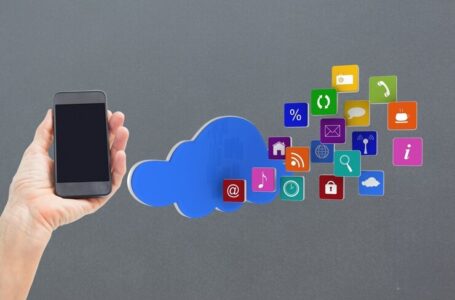Message, Frequency, Delivery – which is #1?

With digital advertising’s massive shift away from human-based targeting, it’s tempting to think back to the days before cookies on desktop and IDFA on mobile. Somehow, the advertising industry still exists but is dominated by television and newspapers compared to today’s myriad digital channels.
If you divide ads into three categories:
Message (what you say), frequency (how often you speak) and communication (who and where you speak), the media world has much less control over the transmission. We lack accurate tracking technology to know who’s watching, what they’re buying, or where they’re buying those products. For example, it was not until the 1980s that the Nielsen People Meter was introduced to understand the viewing behavior of programs and advertisements at the household level. Around the same time, the CPG industry has seen widespread adoption of point-of-sale scanner data to quickly and accurately measure the impact of pricing, promotions, and print advertising. /TV for sales.
These innovations seem to have kicked off a 40-year gold rush for companies that can help marketers better understand and target specific audiences and the effectiveness of each channel’s advertising. . This focus on distribution — obsession and reliance on algorithms and technology that can connect you directly with your ideal consumer — has done a few things.
First, it shifts marketers’ mindsets from long-term branding to short-term transactional sales, through direct-response tactics, pricing, and promotion-focused messaging. After all, when you can get a message across to a specific consumer, at a specific time, through a specific channel, who needs creativity? Who needs diversity? The definition of variety has changed to hyper-detailed variations, such as a button with a different color on a CTA or other A/B tests. It’s not really variety, it’s channel optimization.
Second, it allows marketers to abandon old ways of working with grand creative concepts, conveying different messages in one campaign. For example, think of GEICO:
Every time you see this gecko, it’s somewhere else. Each of these messages may appeal to a different type of consumer, but the core concept is the same and it builds brand awareness over time – and without being offensive. Not to mention the cavemen who are out of order, “rely on GEICO” and more.
Third, a focus on distribution has helped marketers not only change their minds about creativity and messaging but increase volume. In the past, there were limits to media buying – a brand really had to make strategic choices about where they wanted their impressions to drop. However, now, with the explosion and fragmentation of the media, there is indeed unlimited inventory; you can broadcast your messages wherever you want and with the frequency you want.
The problem is that consumers have begun to become blind to advertising, and I would even argue that the rule of 7 – which means that there must be 7 impressions before a consumer remembers your brand – even old fashioned. Consumers receive thousands of ads every day; It’s not like they’re recalling hundreds of brands. Unfortunately, the response of advertisers is simply to serve them more. And not just more ads, but more of the same ads. I love Marvel movies, sure, and their commercials are great, but even I get bored of doing the same thing over and over again. It’s not that way. You don’t have to overwhelm everyone. Instead, consider the power of opt-in advertising (and I’m not talking about Apple’s definition). Award-winning videos are a proven way to increase engagement we’ve been spreading the word for years.
You can also campaign on an offer wall or spread the message across multiple channels, such as in a weather app’s feed, rather than just on a video streaming platform. Think about the value you can create for your users. Remember that the first mobile ad ever aired was by a Finnish news provider in 2000. More than two decades ago, they sent free news headlines via text message. the version that they say will add value and will ultimately be well received. user. Ultimately, what we should be looking for is originality – in the message, execution, and delivery. We’ve all seen what happens when something gets stale or repetitive. No matter how relevant an ad is to consumers, if it’s not different, creative, or unique, they won’t notice it or they’ll actively resist it. In today’s always-on culture with high expectations for entertainment, the moment you feel bored is the moment you get ignored.
So without the ability to target users across devices across the entire digital ecosystem, not just Apple, advertisers need to prepare for what’s next. Obviously, they’re not there yet. In a survey of 146 brand and agency professionals, 71% said they were worried and didn’t know what to do next. For an industry that likes to prepare and predict the next “thing,” that’s a scary statistic.
What they can and should prepare for is to open their minds to include the original aspects of our industry that made it so great:
Creative execution. An experiment in messaging, not just in the color of a button. And deliver intelligently, at the best frequency for the greatest impact without falling into the danger zone of repetition.




